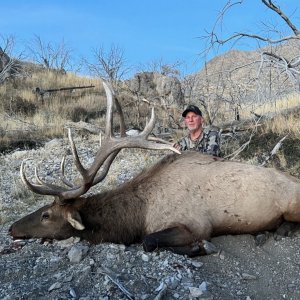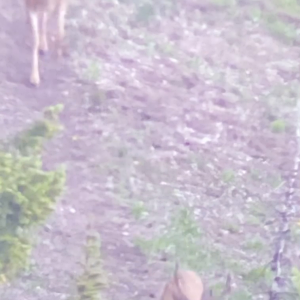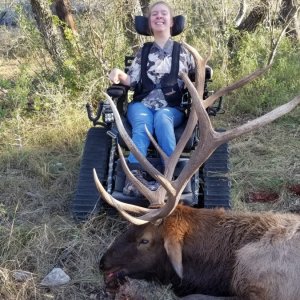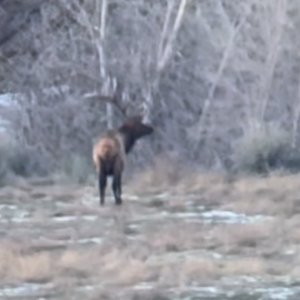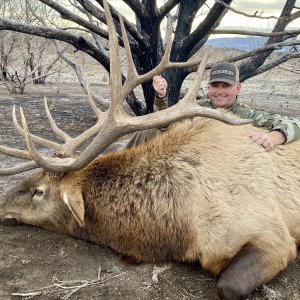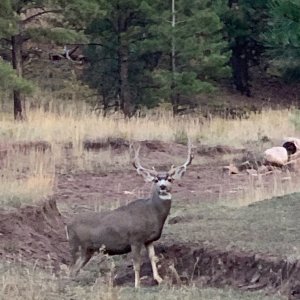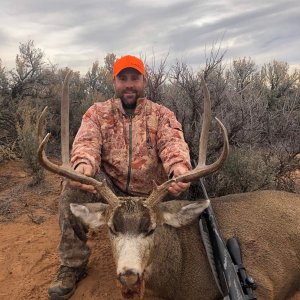Westelkman-
Great checklist. I know it probably goes without saying but I also weigh each arrow so they are all the same. A heavy one will shoot low, light high.
When you hit that release, the string applies a force on the back of the arrow. The back starts moving before the front. The arrow is now put into compression and it will buckle/flex under the stress. By determining the weak side, you will know which way that particular arrow will buckle/flex every time and by aligning all of the nocks accordingly, all your arrows will buckle/flex the same direction. I have noticed that over time, my arrows will break down and the weak side might become more obvious in a more uniform arrow, or more pronounced as the weak side becomes weaker. Bottom line is that you need to figure out what each arrow is going to do and then make them all match.
I always check my arrows for spine weakness and do so by using a sophisticated measuring apparatus,(sma). In a perfect world the wall thickness of the shaft would be uniform around the entire circumfrence of the shaft over the entire length of the shaft which would yield a consistant modulus of elasticity for the entire material. (This would also equate to $$$.) Since I cannot afford perfection, I have to settle for something a little less consistant. Revealing the imperfections (weak spine) in a cheap and reliable way so I can insure that the defective sides are aligned the same way is where I bust out my sma. It's cheap, portable, and works in any kind of weather.
My sma consists of a key-ring ring, a concrete stake, and a couple of lawn chairs. I spread the two chairs so that the ends of the arrow shaft is supported on the armrests. The armrests have about a 3-degree angle. (Very ergonomic). I slip the ring with the attached weight to the center of the arrow and let it roll down the armrests. The arrow will belly out and stop if there is a weak side to the arrow. The weak side is the one facing up. I mark the bottom of the belly and that becomes the top of my arrow (strong side up). Up or down isn't as critical as uniformity. A good arrow will roll all the way down with little or no deviation. I am sure that there are more sophisticated ways of determining spine weakness, (but that would cost money I could use to buy more arrows) and I get good results from doing it this way.
Floating an arrow to determine a weak side relies on the fact that water is frictionless and that the thickest/heaviest part of the arrow will roll to the bottom and the thinnest/lightest will align itself to the top. If the arrow was perfectly straight then this would be a very accurate and reliable method. But I already know that my arrows are not that straight and they would tend to float with the curve aligned parallel to the surface of the water. (Try to picture how a longbow would float). I could determine straightness, but not neccessairly the weakest part of the arrow.
Just some of the stuff I think about when I'm sittin' in my stand or glassin' for deer.

